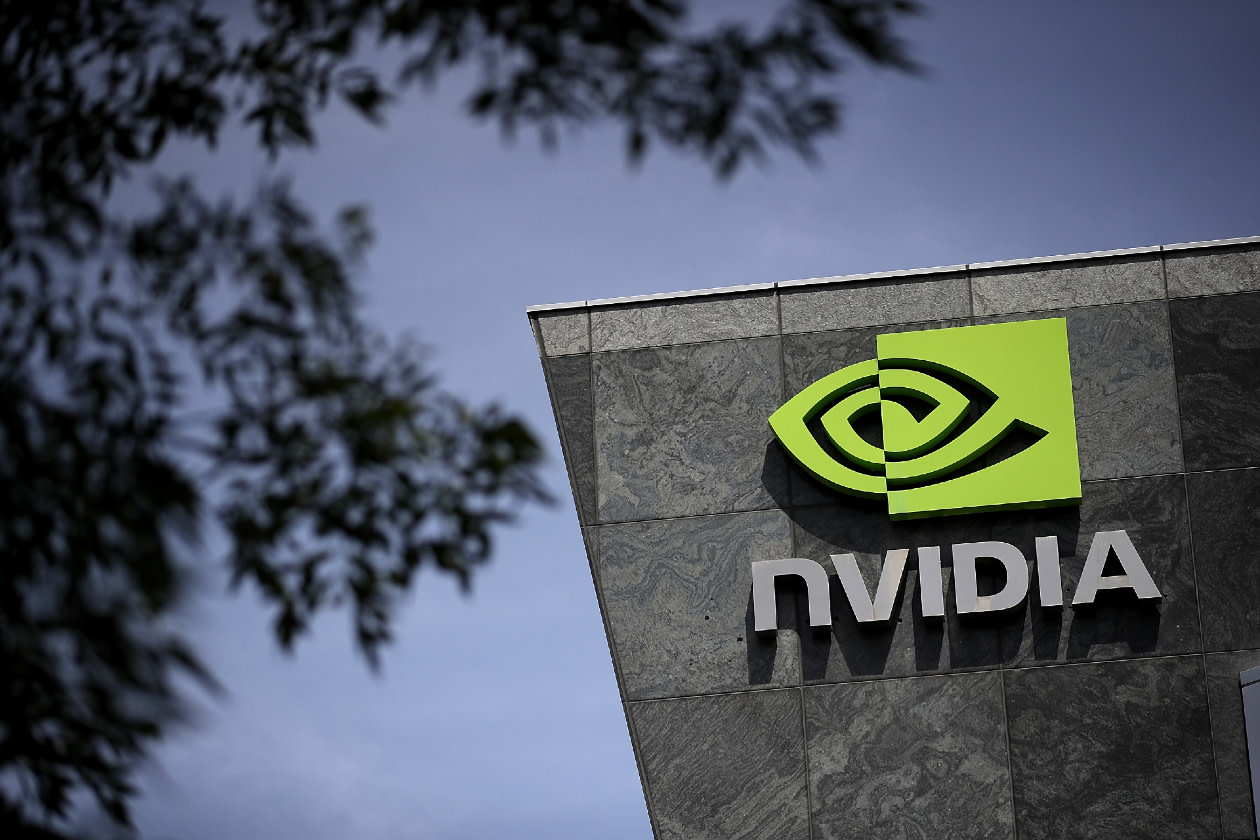Alongside first quarter results back on 22 May, Nvidia announced a 10 for 1 stock split. Their aim is to make shares more available for both employees and investors.
Trading is expected to start on a split-adjusted basis when the US market opens on Monday, 10 June, 2024.
But what is a stock split, what does it mean for investors, and does it matter?
This article isn’t personal advice. If you’re not sure an investment is right for you, seek advice. Investments and any income from them will rise and fall in value, so you could get back less than you invest.
Investing in an individual company isn’t right for everyone because if that company fails, you could lose your whole investment. If you cannot afford this, investing in a single company might not be right for you. You should make sure you understand the companies you’re investing in and their specific risks. You should also make sure any shares you own are part of a diversified portfolio.
What is a stock split?
A stock split is when a company chooses to split existing high value shares into a larger number of lower value new ones.
Your slice of the pie remains the same, it’s just divided into more shares.
Stock splits are more common than you might think. The tech-giant, Amazon, has split its stock four times in its history. The latest one was announced in March 2022 on a 20 for 1 basis, meaning each existing share was swapped for 20 new ones. Other big-tech names like Apple and Tesla have also carried out stock splits in the past.
Nvidia’s recently announced split is on a 10 for 1 basis, meaning each existing share will be swapped for 10 new ones. Another way to say the same thing is that for each one share held, investors get 9 new ones.
Investors don’t need to do anything, the split happens behind the scenes.
How does a stock split work?
As an example, let’s say a company has a market capitalisation of £200,000, which represents 200,000 shares of £1 each. Following a 2 for 1 stock split, there would be 400,000 shares worth 50p each.
The market capitalisation is still £200,000. But the price of each individual share is lower, and each investor now has two shares for every one they previously held.
Why do companies split stocks?
A common misconception with stock splits is that their main aim is to raise money. Usually when a company creates new shares, it’s done for this very reason.
But stock splits aim to try and lower the price of shares. As with the example above, there’s no impact on the value of the company itself.
Dividing high value shares into smaller units can make them more accessible as more investors will be able to afford them, potentially increasing long-term demand.
Taking Nvidia as an example, its shares currently trade at around $1,164 per share. Any investor looking to place smaller trades or spend a few hundred a month on the stock wouldn’t be able to buy them.
Let’s assume another company trades at $1,000 per share. After a 10 for 1 split, assuming all else equal, that one expensive share is split into ten at a more accessible $100 per share.
Lower share prices are also useful when it comes to paying staff with share options. A company might want to give a junior member of staff a bonus in shares worth a few thousand dollars. But if the share price is too high, it can’t do that very easily.
Is a stock split good?
We tend to look at stock splits as being neither good nor bad.
As an existing investor, the overall value of your shares won’t change – aside from the usual market movements which can see share prices fall as well as rise.
The main difference will be that the number of shares you own has gone up, and the individual share price has gone down as a result.
It’s as if someone gave you a slice of a cake, insisted on cutting your slice in two, but let you keep both halves. You have the same amount of cake in either case and it’s still the same cake.
Having more accessible shares certainly makes sense, and the split has probably made life a little easier for management, but nothing has materially changed. For a potential investor, it’s still the same company with all the same pros and cons as before.
Article image credit: Justin Sullivan/Getty images
This article is original Hargreaves Lansdown content, published by Hargreaves Lansdown. It was correct as at the date of publication, and our views may have changed since then. Investments rise and fall in value so investors could make a loss.
This article is not advice or a recommendation to buy, sell or hold any investment. No view is given on the present or future value or price of any investment, and investors should form their own view on any proposed investment. This article has not been prepared in accordance with legal requirements designed to promote the independence of investment research and is considered a marketing communication. Non-independent research is not subject to FCA rules prohibiting dealing ahead of research, however HL has put controls in place (including dealing restrictions, physical and information barriers) to manage potential conflicts of interest presented by such dealing. Please see our full non-independent research disclosure for more information.


